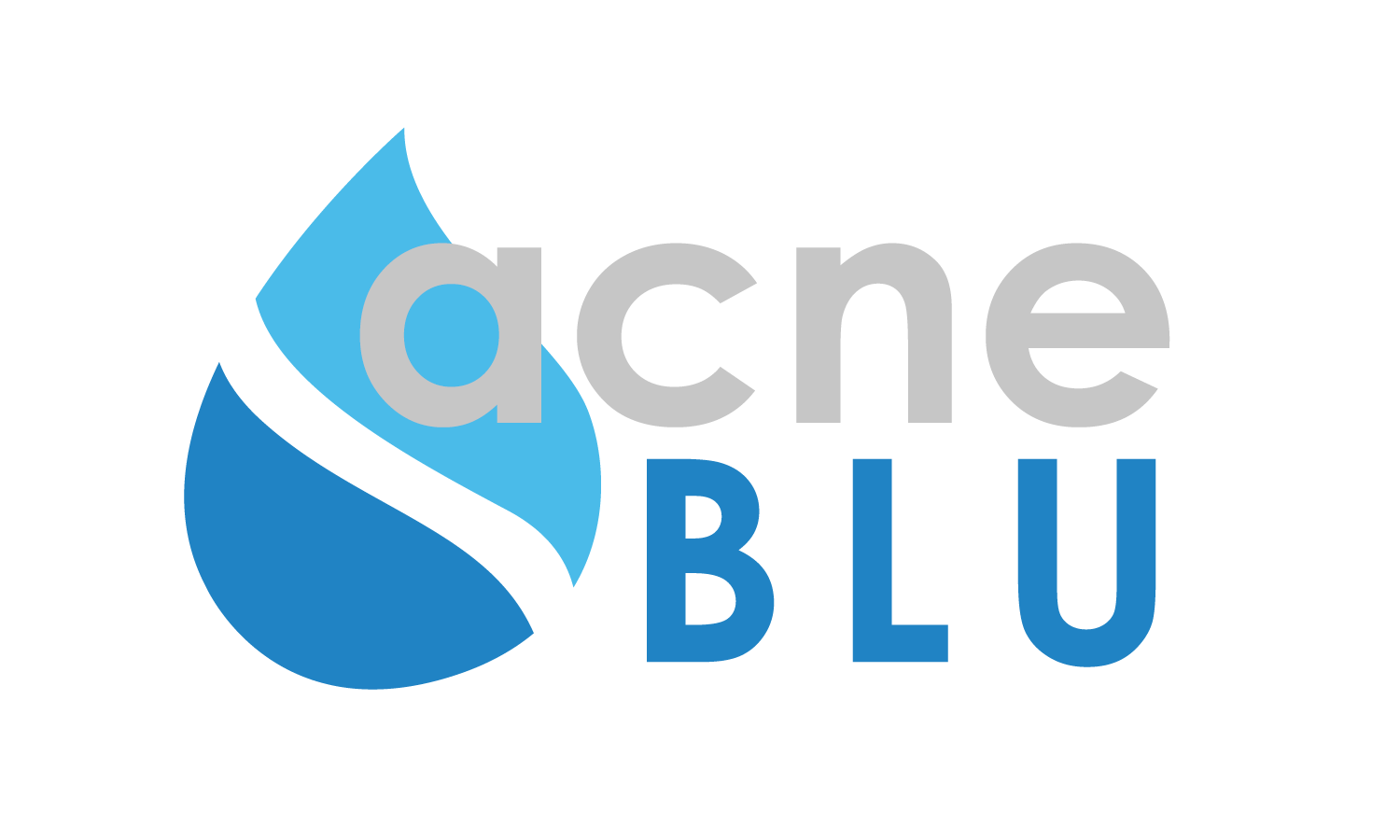2024/04/25 printed from http://dermboard.org All Rights Reserved

What are hemangiomas?
Hemangiomas are benign (harmless) tumors of blood vessels of unknown cause that are visible at birth or become visible shortly after birth (usually within several weeks). In 80% of cases babies have only one hemangioma. Sometimes they are called infantile (baby) hemangiomas or “strawberry marks†due to their appearance of red, sometimes uneven bumps or lumps on any part of baby’s skin, but most commonly on the head and neck. Sometimes they are blotchy red to slightly pink, or bruise-like patches without sticking out of the skin. It is important to mention that hemangiomas may grow not only on the skin, but also inside the body including liver, throat, or brain. Therefore, hemangiomas can (rarely) have some serious consequences to the baby’s health.  Within the first few months hemangiomas usually grow quickly. In the most severe and rare cases they can grow so quickly that they outgrow their blood supply, which results in painful sores and ulcerations, sometimes with bleeding. By about 8 months of age most hemangiomas stop growing, and by about 1 year of age they start to get smaller. As hemangioma shrinks, the color usually turns from red to purple and gray, or even to scar-like. Most hemangiomas disappear, or at least become much less visible within several years. Larger hemangiomas may take longer to become much less visible and they may shrink into a scar.
Should I take my baby to a health care provider?
It is always wise to see your baby’s health care provider for an initial exam and for a correct diagnosis, and to exclude something more serious.
Is hemangioma painful to my baby?
 Not unless it develops sores or ulcers, starts to bleed, or gets infected.
My baby has hemangioma, so what is the treatment?
In the vast majority of cases not any treatment is needed. If your baby’s hemangioma is very large, or if it is on an area that can block normal function of some body part (e.g. eyelid) then there are several treatment options:
- propranolol pills (brand name Hemangeol)
- corticosteroid pills (e.g. prednisone or prednisolone)
- intralesional injections of triamcinolone acetonide
- surgical excision
- laser surgery (usually PDL laser)
- vincristine intravenous infusion
- becaplermin gel (brand name: Regranex) for ulcerated and bleeding hemangiomas
When will my baby’s hemangioma disappear?
Below is the rough estimate:
- 50% of hemangiomas will disappear, or almost completely disappear by 5 years of age
- 70% of hemangiomas will disappear, or almost completely disappear by 7 years of age
- 90% of hemangiomas will disappear, or almost completely disappear by 9 years of age
